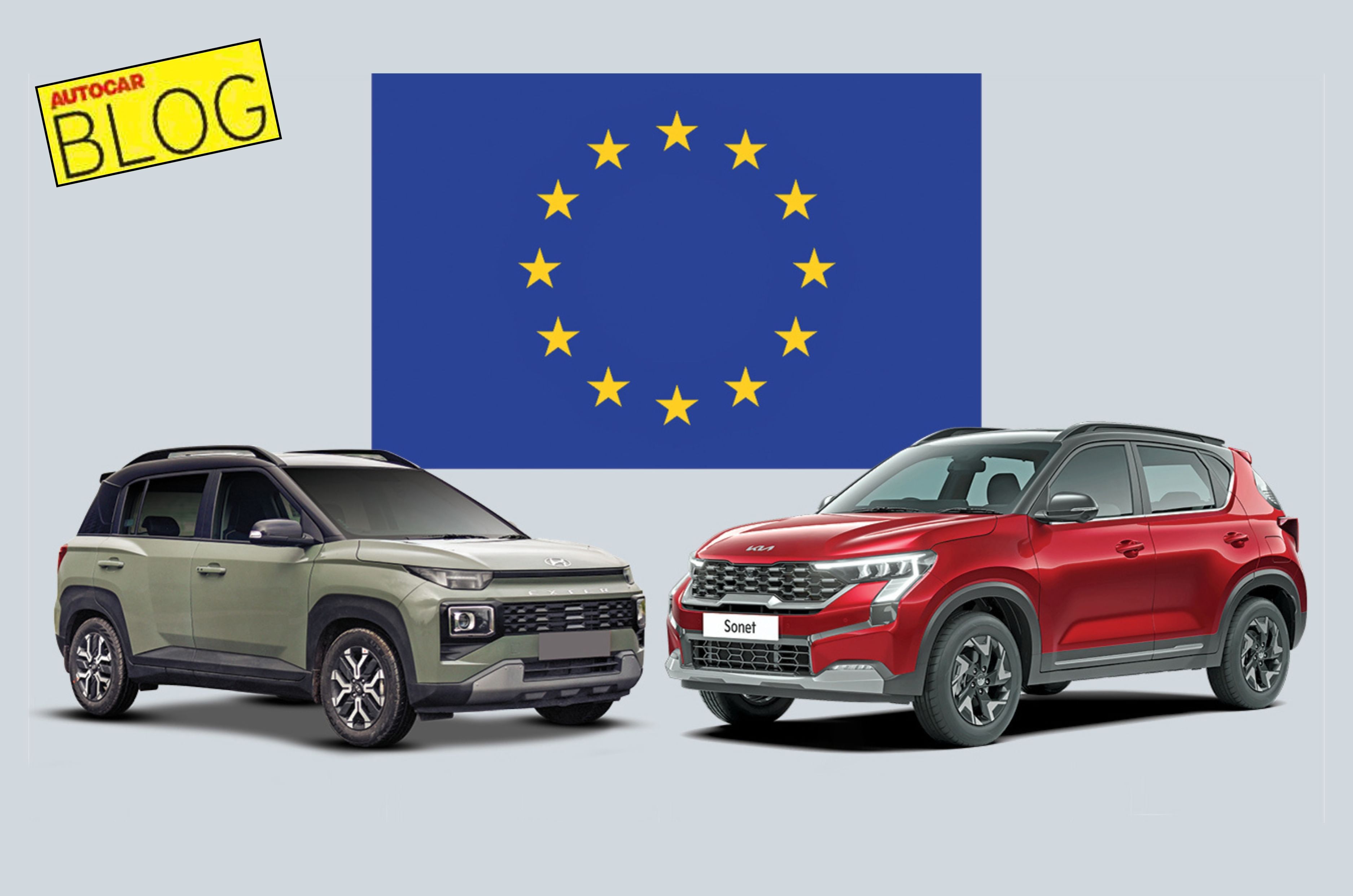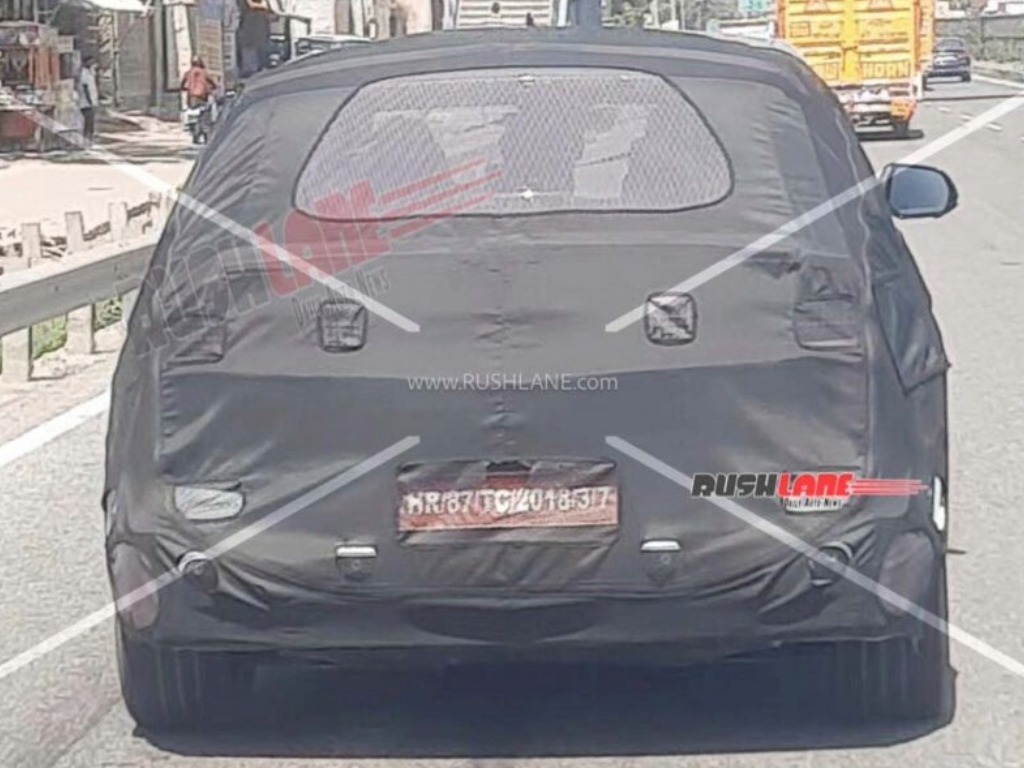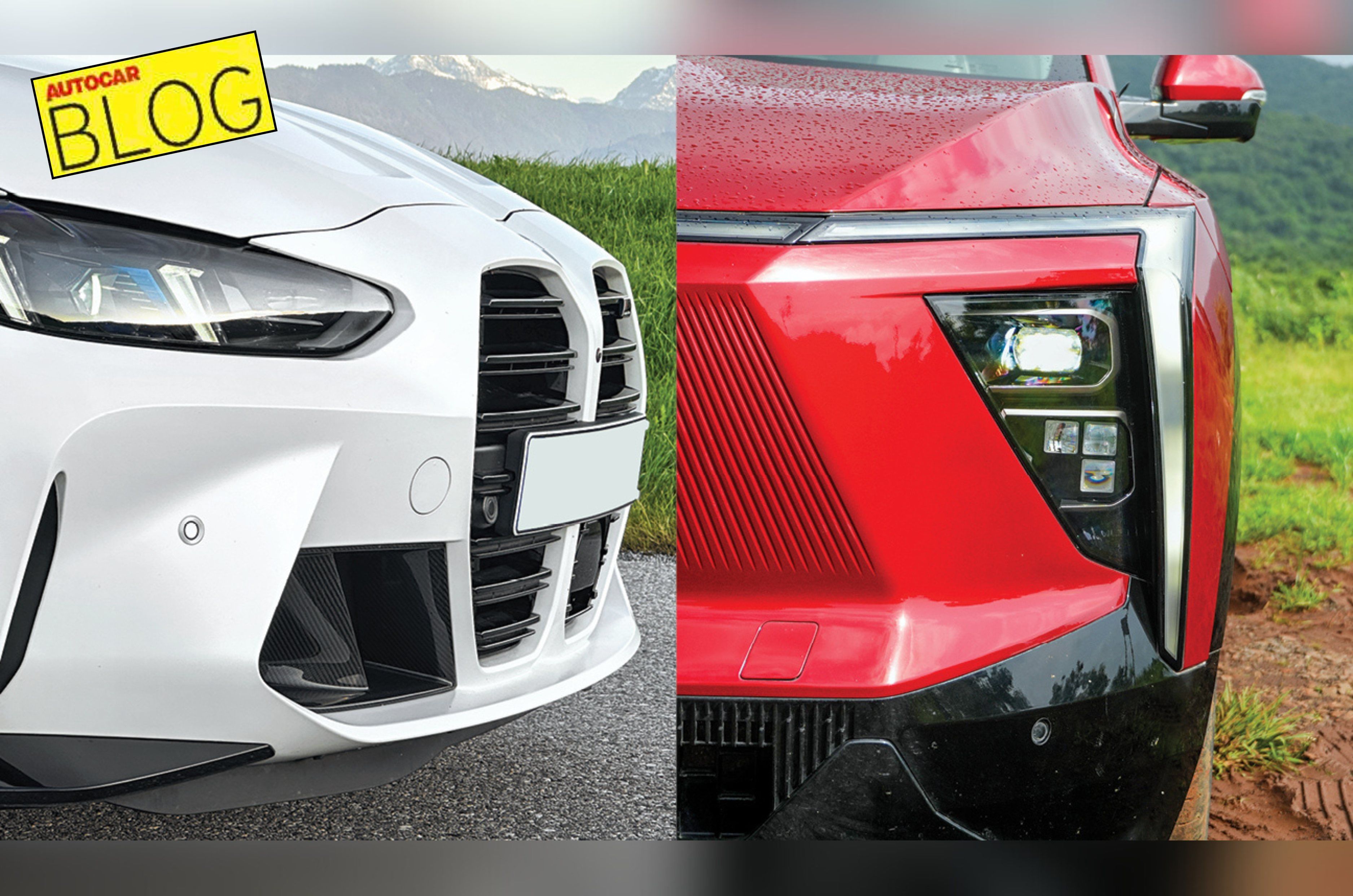
Much like Japan’s Kei car regulations, India’s small car policy, introduced in 2006, saw a slew of very India-specific cars being developed. With a sub-4-metre length and sub-1,200cc petrol or sub-1,500cc diesel engines, these cars were pretty unique to India; hatchbacks in Europe typically cross over the 4-metre length mark today.
Since then, we’ve had many models developed across body styles too; from the obvious hatchbacks to SUVs, sedans, and even three-row MPVs. But while most of these models did well here, they had little global relevance. Conversely, our small car rule also kept out many global models, with brands not willing to re-engineer their international small cars for potentially small volumes. Case in point: the new Polo or the Jeep Avenger.
Things could change, though, with a small car idea being proposed in Europe. Strict safety and CAFE limits, along with an aggressive electric-only plan, saw small car sales dwindling in Europe, and oddly enough, with EVs, cars ended up getting bigger, heavier and more expensive. Not great for business or, for that matter, the environment. There’s certainly an argument for why a small fuel-sipping 2-door Suzuki Jimny can’t sell, but a massive two-tonne electric SUV can.
But let’s talk business. According to S&P Global, small car sales, once a mainstay in Europe, have plummeted from a peak of 1.6 million units in 2009 to just 3,93,000 in 2024. Enter the ‘e-car’. An informal proposal from brands like Renault and Stellantis for a European, economical and environmentally friendly car. There isn’t a formal definition yet, but ideas proponents say something between quadricycles and regular cars is required. So, not as small or zone-restricted as quadricycles, but more car-like, within a defined footprint, and not straddled with costly requirements like a full ADAS suite, perhaps.
Japan’s Kei cars could hold potential, but with tight length, width and height restrictions, along with a capped 660cc engine displacement, this could be too restrictive for large-built Europeans. That’s where India’s small car definition could have potential. Brands present in Europe like Hyundai, Kia, Suzuki and Renault already have a wide sub-4-metre portfolio in India across body styles, so these might seem appealing there. And remember, our emissions standards are close to Europe’s, and many of these models are built to strict crash safety levels. So, they make for an effective canvas over which to tweak the e-car. Doing this will also offer these brands economies of scale, needed to hit tight cost targets; another concern for Europe with the Chinese influx.
However, it’s very possible that the e-car definition could be quite different from the Indian small car, but even so, with Europe focusing on small, inexpensive cars again, the Indian car market could also benefit from a wider choice.
Also See:
Opinion: Does the Indian car industry need more local competition?



